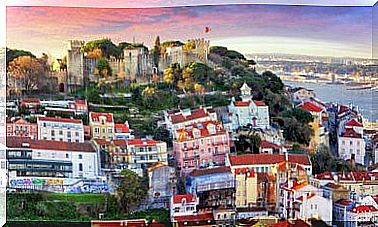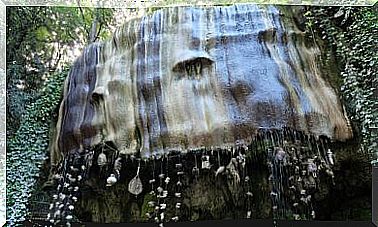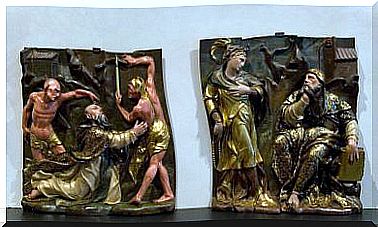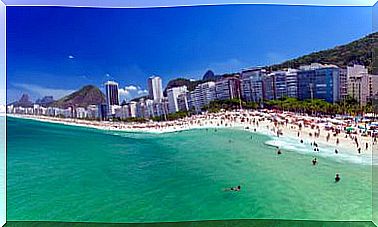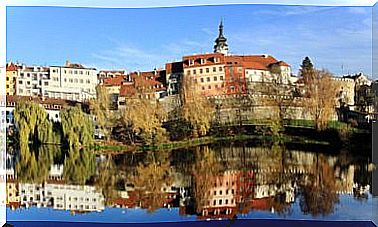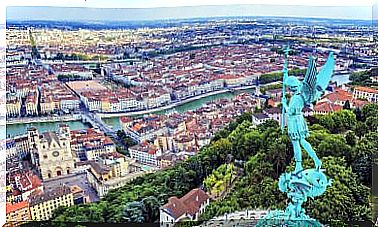The Brandenburg Gate, Stories And Legends
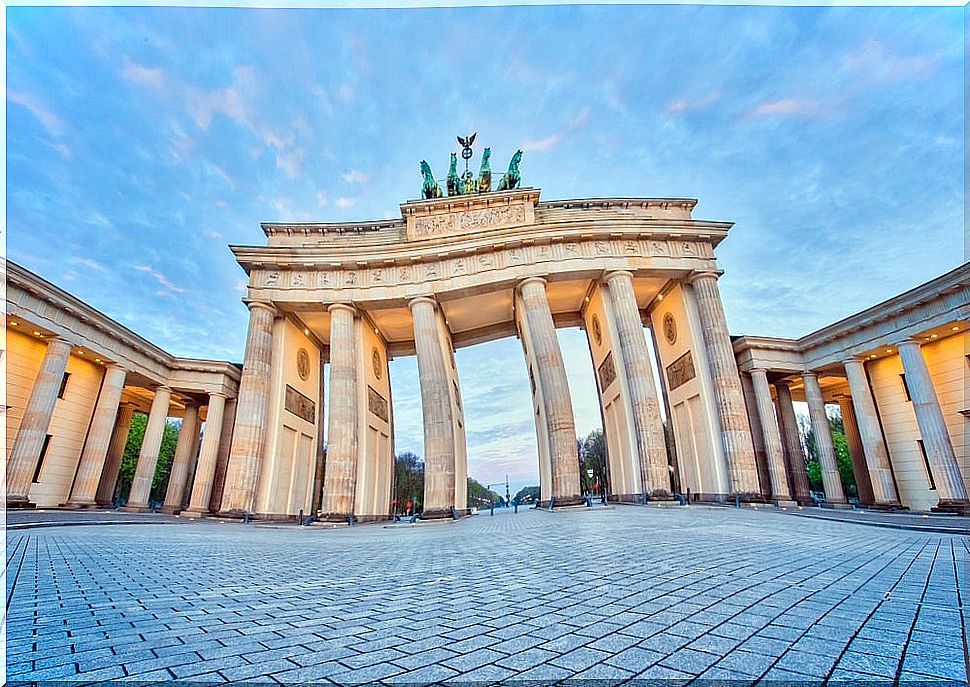
The Brandenburg Gate is the great symbol of Berlin, and practically all of Germany. It is surely your most visited and most photographed monument. Berliners gather in front of it to celebrate major events and tourists flock to it to learn much of the history of the city.
The Brandenburg Gate is, therefore, a very important piece of Berlin’s past, and also of its present. For this reason, any traveler has to know it, and that is why we want to bring it to you virtually. This is all you need to know about the most famous monument in Germany.
The origins of the Brandenburg Gate
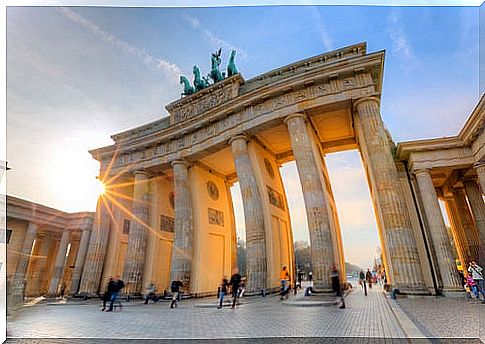
The Brandenburg Gate was built when Germany did not exist as such and Berlin was the great city of imperial Prussia. We are talking about the end of the 18th century, specifically between the years 1788 and 1791, when Frederick William II ordered it to be built.
But, by his order, this gate was built along with 17 others that gave access to the city center. However, of all these entrances, the Brandenburg Gate was conceived from the first moment as the most monumental of the set.
For this reason, the architect Carl Gotthard Langhans gave it an appearance that can remind us of the great triumphal arches of the Roman emperors. And it is that they were times in which the artistic style of fashion was Neoclassicism, and Prussia wanted to show with this construction all its greatness before Europe.
The Quadriga at the Brandenburg Gate
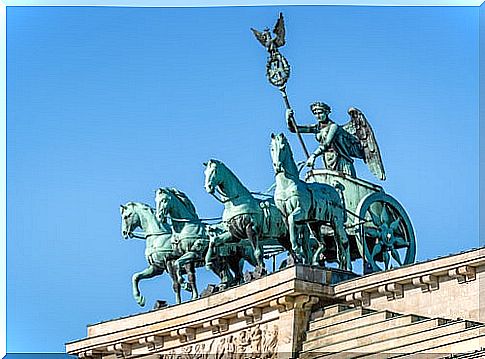
Of all the monumental complex, without a doubt, there is an element that powerfully attracts attention. And that is none other than the 5-meter-high sculpture that crowns the highest part of the door. It is the sculpture of the Quadriga. In it, the goddess of Victory is seen riding into Berlin, while she governs a chariot drawn by 4 horses.
This sculpture, created by the artist Johann Gottfried Schadow, fascinated Napoleon Bonaparte when he entered the city in 1806. It caught his attention so much that he decided to take it as a war trophy.
Thus, he had it disassembled piece by piece so that it was transferred to Paris. However, when the French emperor fell from grace in 1814, the sculpture made its way back to Berlin. Although on his return it was necessary to restore it before placing it on top of the Brandenburg Gate.
More wars and restorations
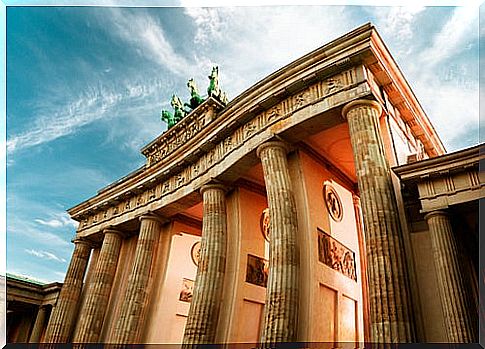
The sculpture of the quadriga, and in general the entire Brandenburg Gate, were greatly damaged during the Second World War. Something that actually happened to the entire city. That is why it had to be restored again.
But in that restoration it was decided to make some changes in the sculptural ensemble. Thus, the figure of the eagle was eliminated and also an iron cross, which evoked the imperial and Nazi past of Germany.
The Reunification of Germany
In a way, the Brandenburg Gate shows us that history is sometimes cyclical. And it is that when Prussia was built it commemorated the unification of several Germanic kingdoms. Curiously, in 1989, Eastern and Western Europe were reunited. A union materialized in this monumental gate, which had lost its function during the years separated by the famous Berlin Wall.
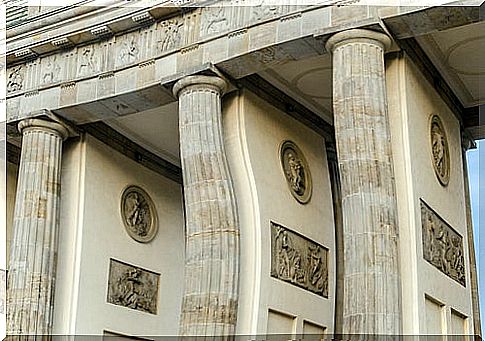
For decades to pass through the Brandenburg Gate was a chimera, since the monument remained in no man’s land, between the inner and the outer wall. For this reason, many films set in the Cold War recreated this curious border crossing between the two Germanies.
In fact, as a symbol of the past, it is also the symbol of Berlin’s present. All the great personalities who have lived or visited the city have passed through here. Be they movie stars, artists, musicians, politicians or dictators of unfortunate memories.
That is, if you visit the German capital, of course, you must go to see the impressive Brandenburg Gate. And by the way, you can go under any of its arches. What’s so special about it? That when it was built, only members of royalty could pass through the three centrals.
